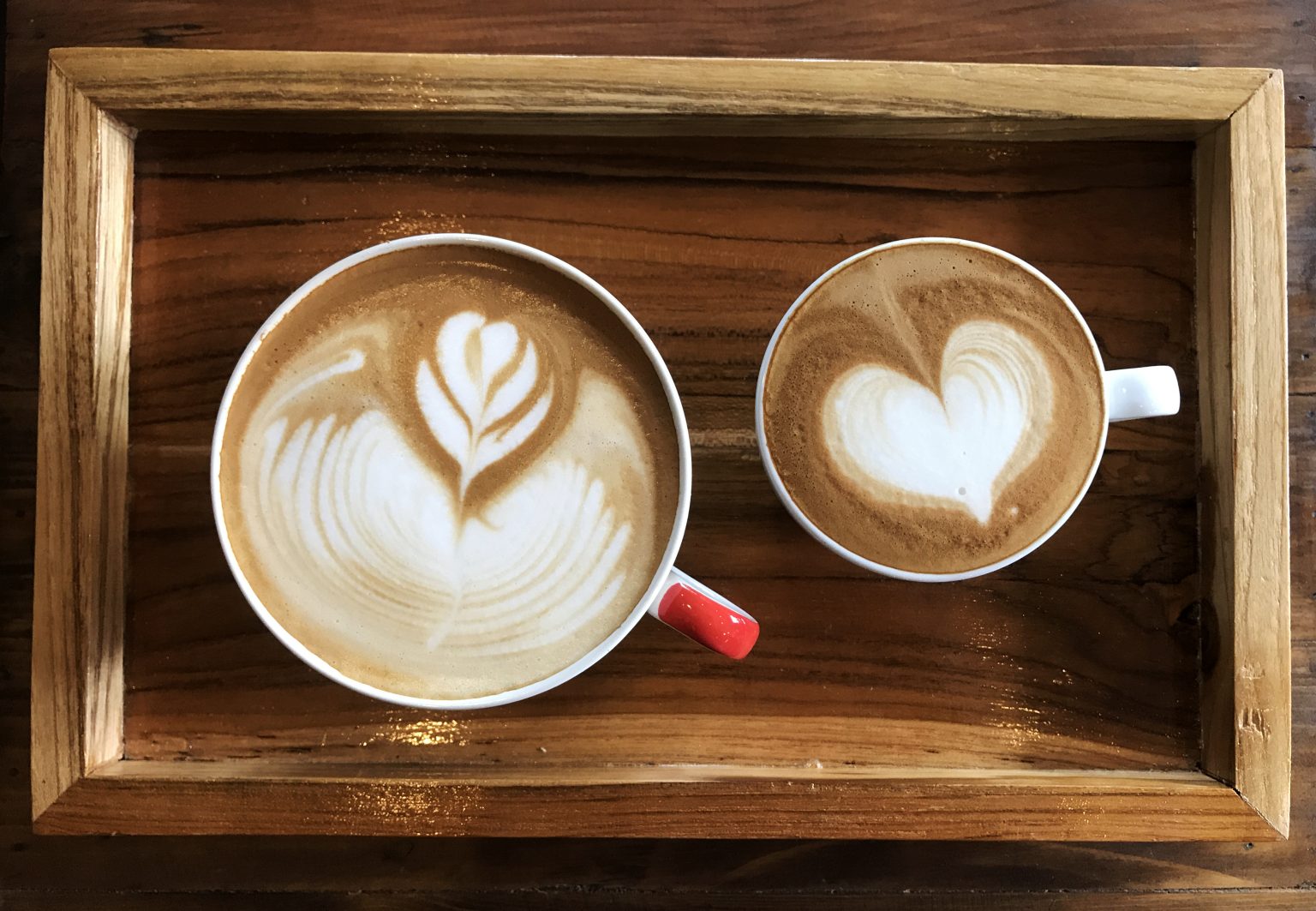When you walk into a coffee shop, the choices can be overwhelming, especially when it comes to popular drinks like the Flat White, Latte, and Cappuccino. Each of these espresso-based beverages has a unique history and flavour profile. They all start with a base of rich, robust espresso, but the difference lies in how the milk is prepared and incorporated.
A Flat White, originally from New Zealand and Australia, is made with a strong espresso base and a small amount of velvety micro-foam milk, giving it a bold and creamy texture. The Latte, popular in Italy and America, uses more steamed milk, making it milder and milkier. On the other hand, the Cappuccino is an Italian classic, characterised by equal parts of espresso, steamed milk, and a thick layer of foamy milk, creating a light yet strong drink.
Understanding the differences in milk texture and ratio can help you make more informed choices. The flat white offers a stronger coffee taste than a latte, while the cappuccino stands out with its thick foam layer. Next time you order, you’ll know which one suits your preference for a more satisfying coffee experience.
Understanding Espresso-Based Drinks
Espresso-based drinks like flat whites, lattes, and cappuccinos vary primarily in their preparation, especially with regard to the balance between espresso and milk. These differences create unique textures and flavours, impacting the overall experience of each drink.
The Role of Espresso in Coffee Drinks
Espresso is the foundation of many coffee drinks. Made by forcing hot water through finely-ground coffee using an espresso machine, it produces a bold taste with a rich, concentrated flavour.
The amount of espresso can vary. For example, a ristretto shot is a shorter, more concentrated shot of espresso that intensifies the coffee flavour.
Baristas often start with a standard espresso shot, but the concentration and strength of the espresso can greatly influence the drink’s final taste.
Milk’s Contribution to Texture and Flavour
Milk plays a critical role in the texture and flavour of these drinks. The way milk is prepared and added determines whether the drink has a creamy, velvety texture or a light, airy feel.
Steamed milk is smoother and creates a silkier texture, ideal for lattes, which are known for their mild coffee flavour and high milk content. Foamed milk adds more air, creating milk foam that sits atop cappuccinos, giving them a distinctive, airy texture.
Flat whites use micro-foam milk, which is a finer, more integrated form of foam, balancing strong espresso flavours with a smooth, velvety feel. This technique ensures the taste is less diluted by the milk, offering a stronger coffee essence.
Different proportions and techniques create varied textures and flavors, from the microfoam of a flat white to the thicker layers of a cappuccino, reflecting the barista’s skill and the nuances of espresso-based drinks.
Comparative Analysis of Flat White, Latte, and Cappuccino
There are key differences among flat white, latte, and cappuccino that set these popular espresso-based drinks apart. These differences lie in the preparation, milk content, and overall taste, offering a range of flavour profiles and textures for coffee lovers.
Flat White: Smooth and Velvety
The flat white originates from Australia and New Zealand. It is known for its velvety smooth texture.
Made with a single or double shot of espresso, it uses microfoam, which is steamed milk with fine, velvety bubbles.
The ratio is typically 1 part espresso to a small amount of steamed milk. This creates a bold flavour, combining the strong taste of espresso with a creamy mouthfeel.
Serving sizes are usually around 5-6 ounces, smaller than a latte. This compact size ensures that the espresso flavour remains distinct without being overshadowed by milk.
Latte: Creamy and Mild
The latte, or caffè latte, hails from Italy. It is characterised by being creamy and mild in taste.
Using a single or double espresso base, it is mixed with steamed milk and topped with a light layer of foam. The milk-to-espresso ratio is higher in lattes, creating a milder coffee flavour.
Lattes typically come in larger sizes, from 8-12 ounces, making them ideal for those who prefer a milder coffee experience. The creamy texture and mild flavour make lattes perfect for customisation with various syrups and flavours.
Cappuccino: Stronger and Distinctly Layered
Cappuccinos, with roots in Italy, are distinctively layered and stronger in taste.
A traditional cappuccino consists of equal parts espresso, steamed milk, and foam. This results in a stronger coffee flavour compared to lattes due to the lower milk content.
The thick foam layer on top is notable, creating a light and airy texture. They are typically served in smaller 6-8 ounce cups, highlighting the balanced ratio of components.
The name cappuccino is inspired by the Capuchin monks, referencing the drink’s colour resemblance to their robes.
These layering techniques and balanced ingredients cater to those who enjoy a robust and frothy coffee drink.



